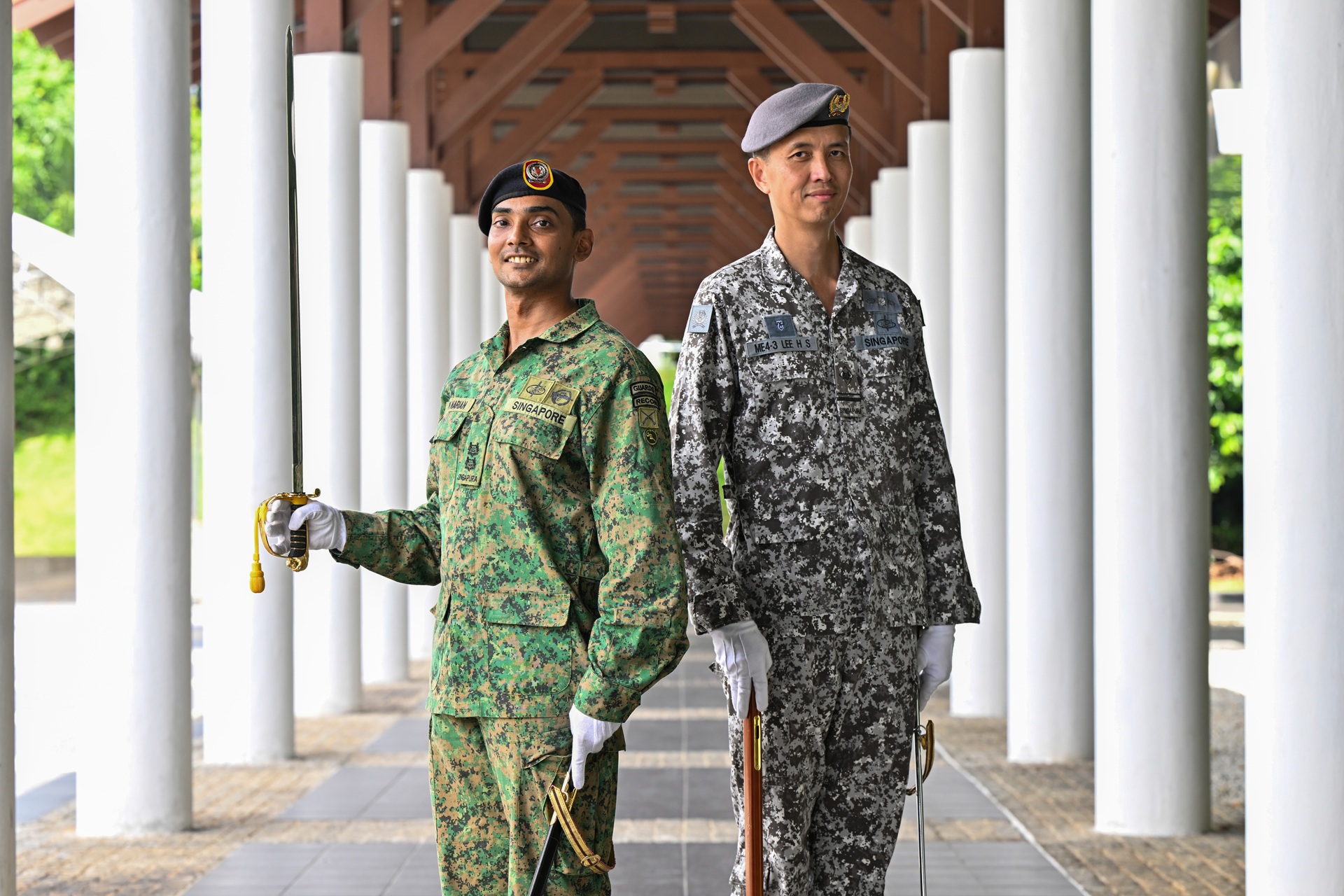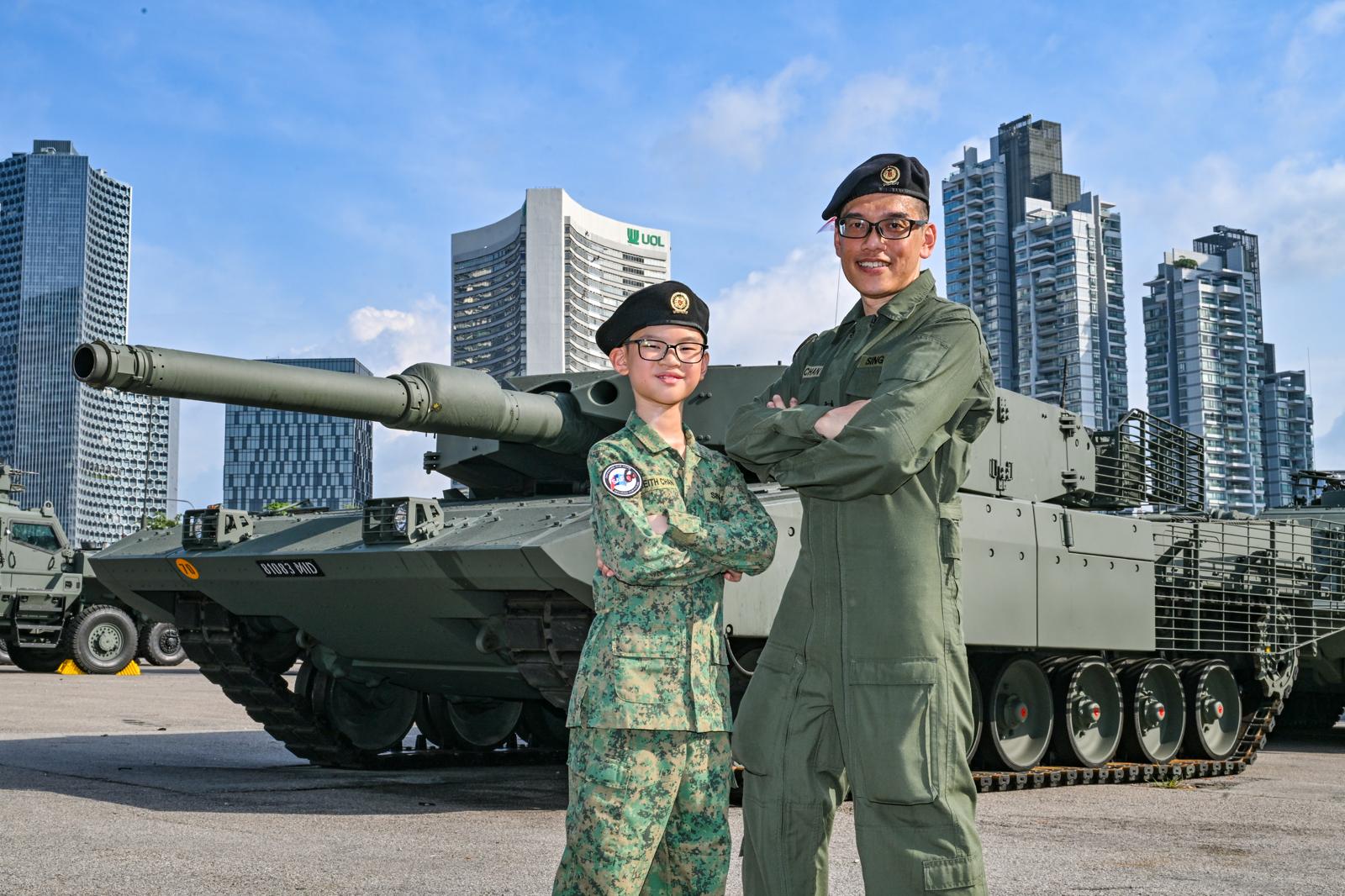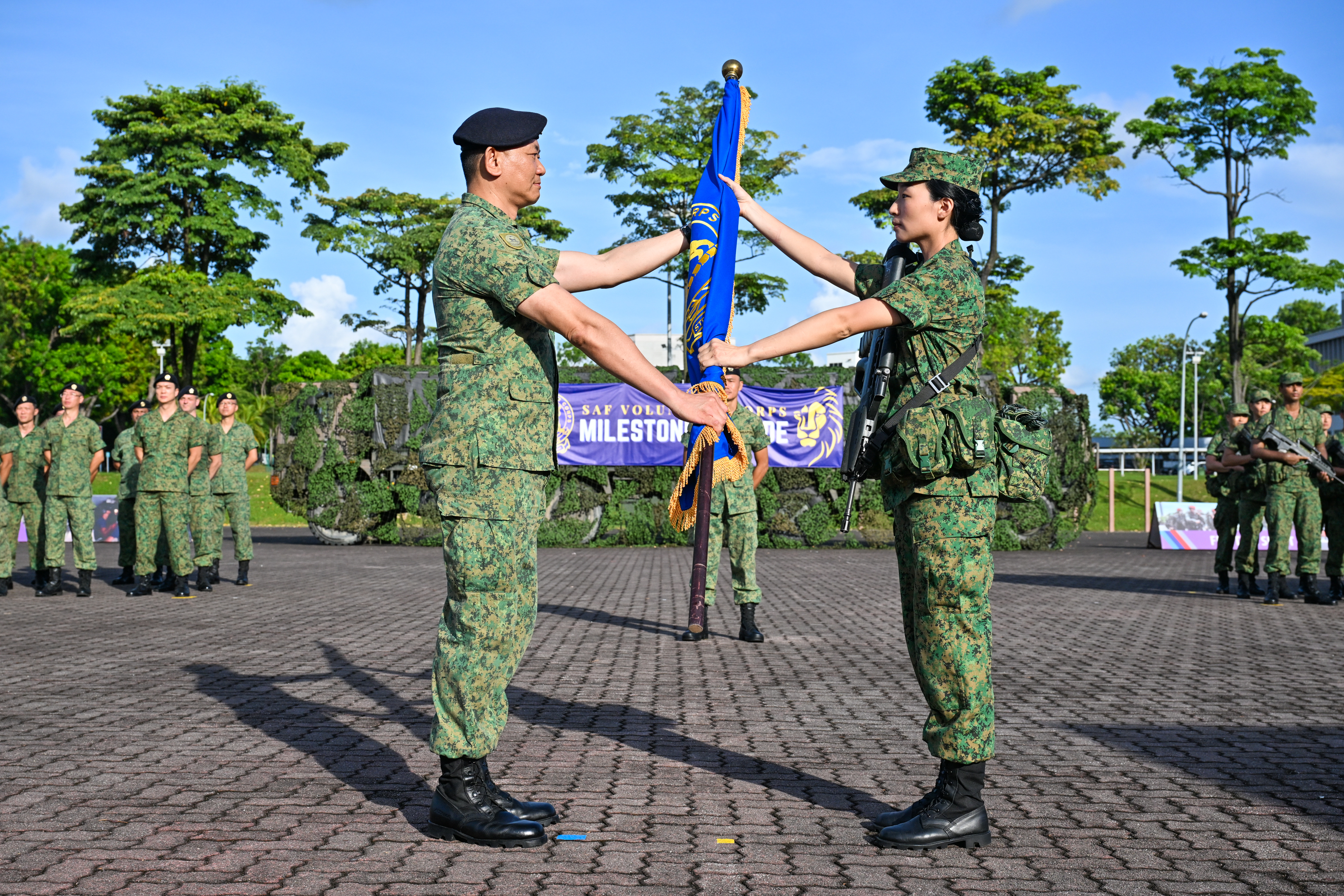PRESENTS FROM THE SKY
STORY // Sheena Tan
PHOTO // Chua Soon Lye and Benjamin Lee
A parcel attached to a parachute floats gently down, to the delight of troops who have been waiting for re-supplies. Meet the Aerial Cargo Riggers, the people who prepare this spectacle in the sky.
It's like wrapping Christmas presents. The only difference? These "presents" can weigh thousands of pounds, come in odd shapes and sizes, and comprise many parts. Most importantly, they must not be damaged after a 1,000-foot drop by parachute.
Not that easy after all.
As the Singapore Armed Forces' (SAF's) subject matter experts in air-drop operations, the riggers from the 3 SAF Transport Battalion (3 SAF TPT BN) pack re-supply loads such as ammunition, food and water. These loads, which are attached to parachutes, are then released from an aircraft and delivered to troops out in the field or overseas.
The riggers also conduct underslung operations, which involve transporting loads such as vehicles and ammunition by hooking them to the belly of a helicopter.
In addition, they train other units in the SAF in developing underslung capabilities. "SAF units have to be able to conduct underslung operations as and when they need them, so we train them on rigging techniques, setting up the pick-up and drop zones, and load inspection," explained Captain (CPT) Andy Low, Officer Commanding of Air Terminal Company in 3 SAF TPT BN.
The expedient delivery of these supplies is essential in ensuring that troops can receive crucial logistics support, especially in areas where ground movement is restricted.
Getting started
The riggers have an array of tools at their disposal, which include different types of ropes and slings, nets and metal connectors.
At the start of the rigging process, the various items in the load are carefully positioned to allow its centre of gravity to remain constant during transportation. Using connectors and ropes, the riggers then secure all the items to form a compact load.
Once the rigging process, which can take up to six hours, is completed, the result is a package wrapped in what looks like an intricate spider web.
Before the plunge
While it takes mere seconds for heavy loads with parachutes to fall from the planes to solid ground, the preparation behind it can take up to half a day.
Following that, the loads are transferred onto the aircraft, usually the C-130 transport aircraft, to be released at a thousand feet from the ground.
"When the tail of the aircraft opens, a small pilot chute is released. This chute will trap air and pull out the main parachute attached to the load. This in turn pulls the load out of the aircraft before the parachute is activated," explained Lieutenant (LTA) Twelve Lim, S1 in 3 SAF TPT BN.
Under the belly
For underslung operations, the loads range from jerry cans and Mortar Track Carriers to vehicles such as motorcycles, MB290 transport vehicles, and Light Strike Vehicles. These are positioned and stacked in nets or connected to slings.
Every movable part of the load has to be carefully secured to minimise movement during transportation, and fragile parts have to be taped to hold pieces together in the event of breakage.
"These measures are taken to ensure safety and the good condition of the loads upon arrival at the destination," said CPT Low.
When the loads are ready, riggers hook the loads to the underside of helicopters such as the Chinook or Super Puma.
A one-of-a-kind job
The job that riggers do is hardly glamorous, and it comes with high risk, noted 3rd Warrant Officer Shankar Raju, a rigger and platoon sergeant in 3 SAF TPT BN.
"For example, during air drop operations, parachutes may not be deployed properly, causing the loads to descend in free fall. It's also dangerous to be under a chopper when we're conducting underslung operations."
He added: "To minimise risk, it's important for us to adhere to the rigging manual. Although we're familiar with the operations, we can't be complacent."
LTA Lim agreed: "It takes a meticulous and determined person to do this job. Attention to detail will ensure our operations are smooth and safe, and it is a lot of work which takes determination to complete the tasks on time."
Despite the challenges, riggers like Corporal Gary Li appreciate the opportunity to learn this special skill.
"Not many people can say they know how to pack parachutes and rig loads. Rigging is a unique skill and I'm glad I've the chance to acquire it," said the full-time national serviceman.
LTA Lim finished by saying: "It's really a unique vocation in the SAF, and there's a sense of pride when we say we're riggers from 3 SAF Transport Battalion."
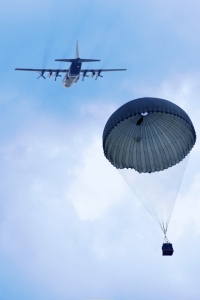

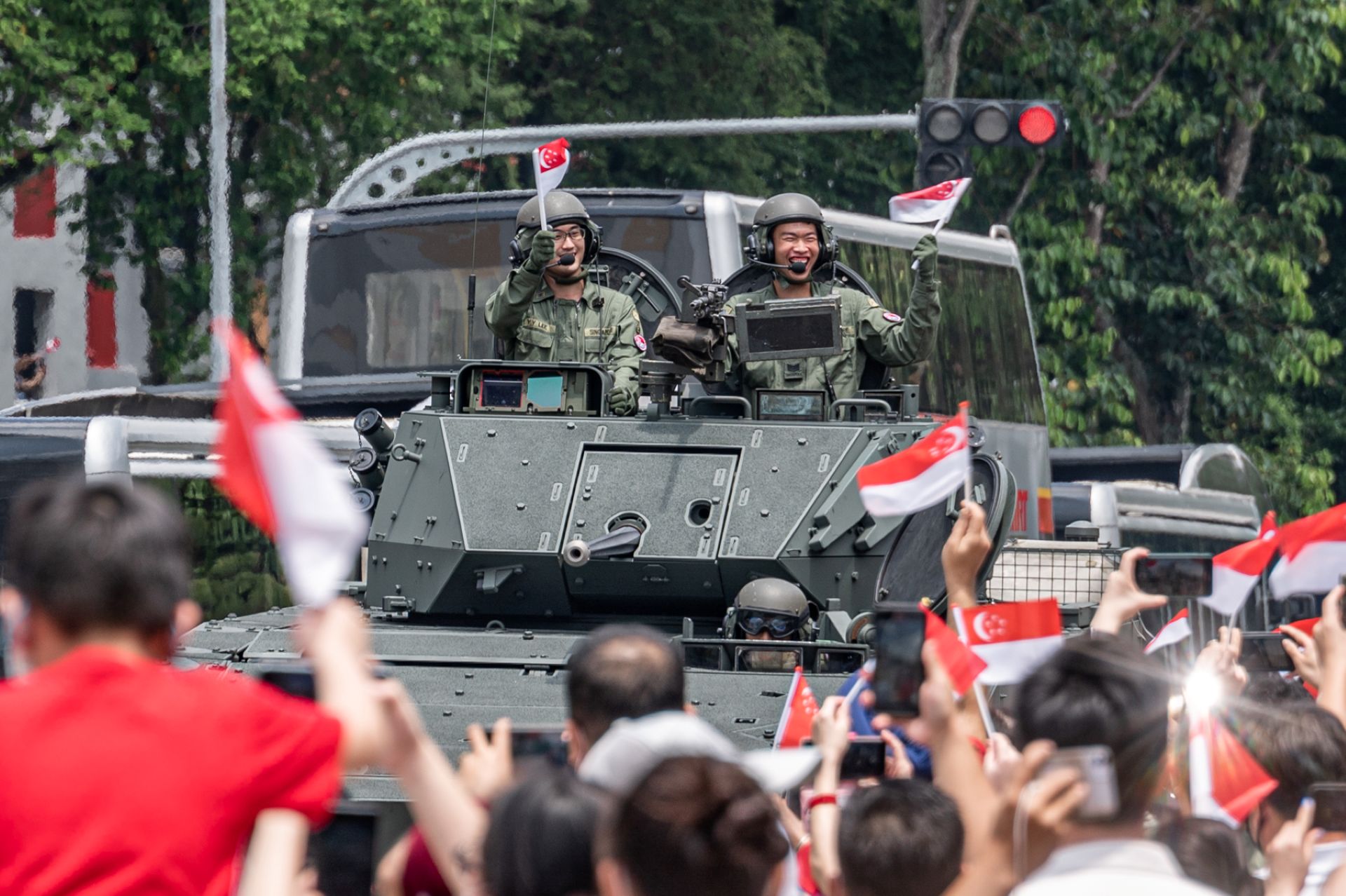
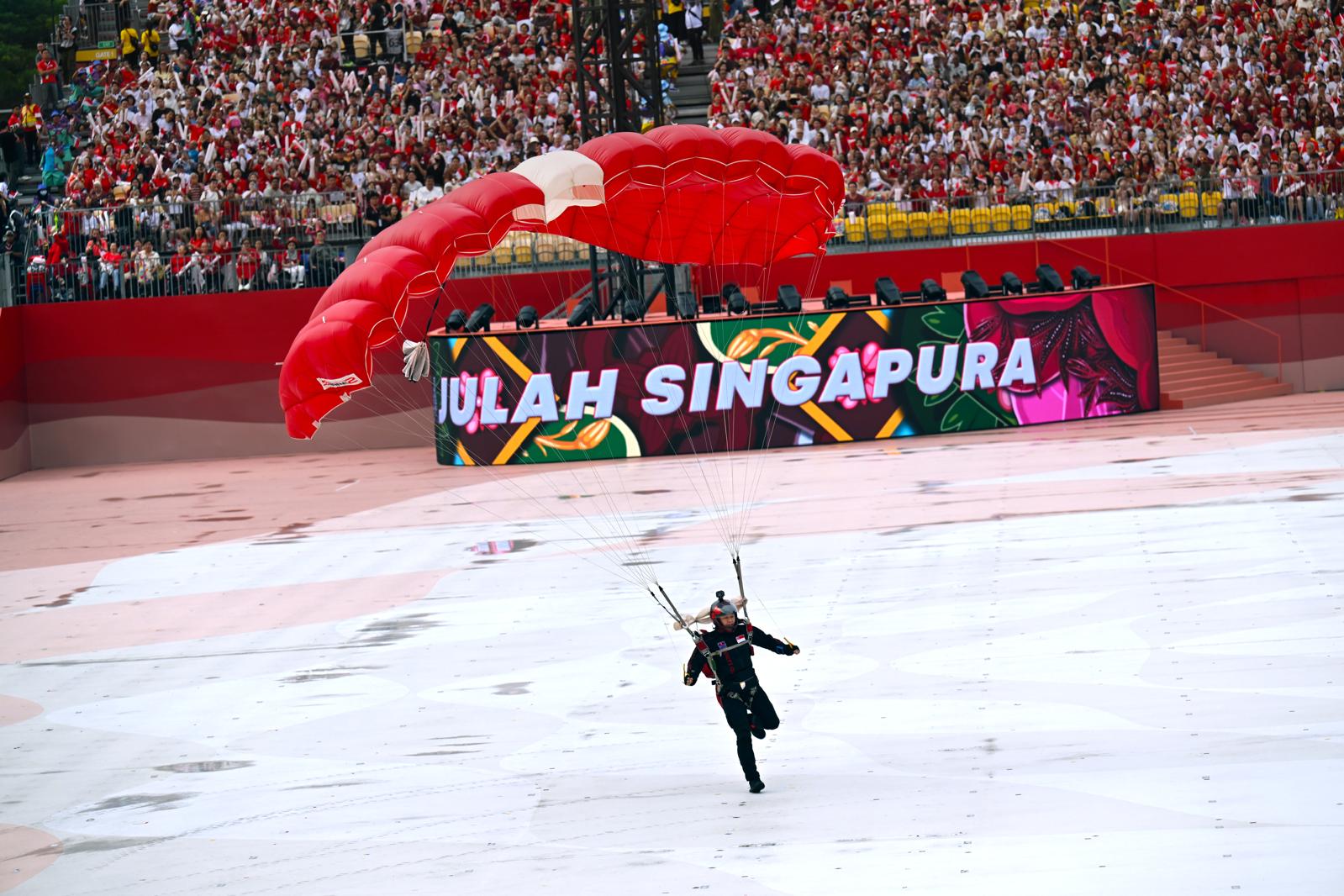
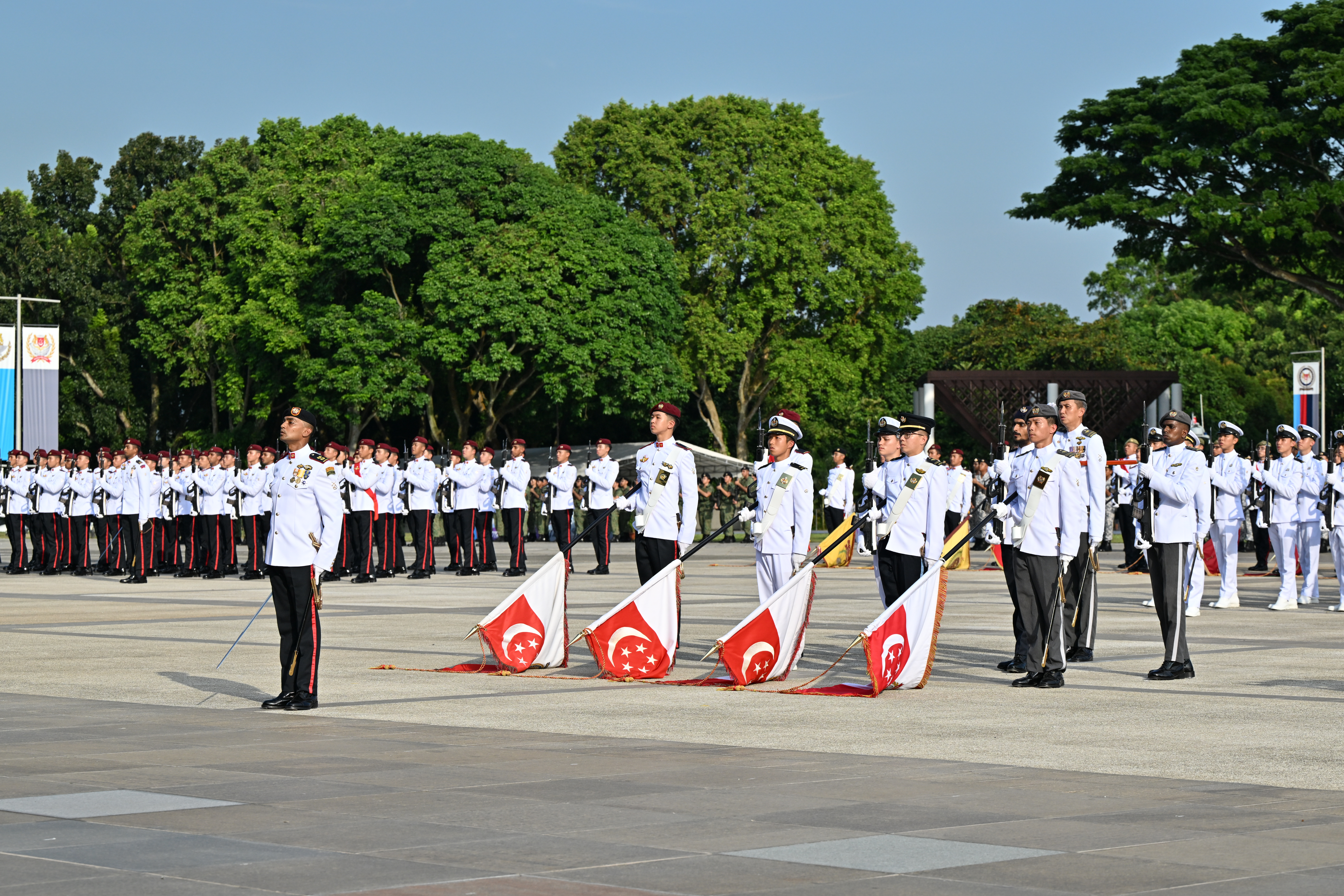
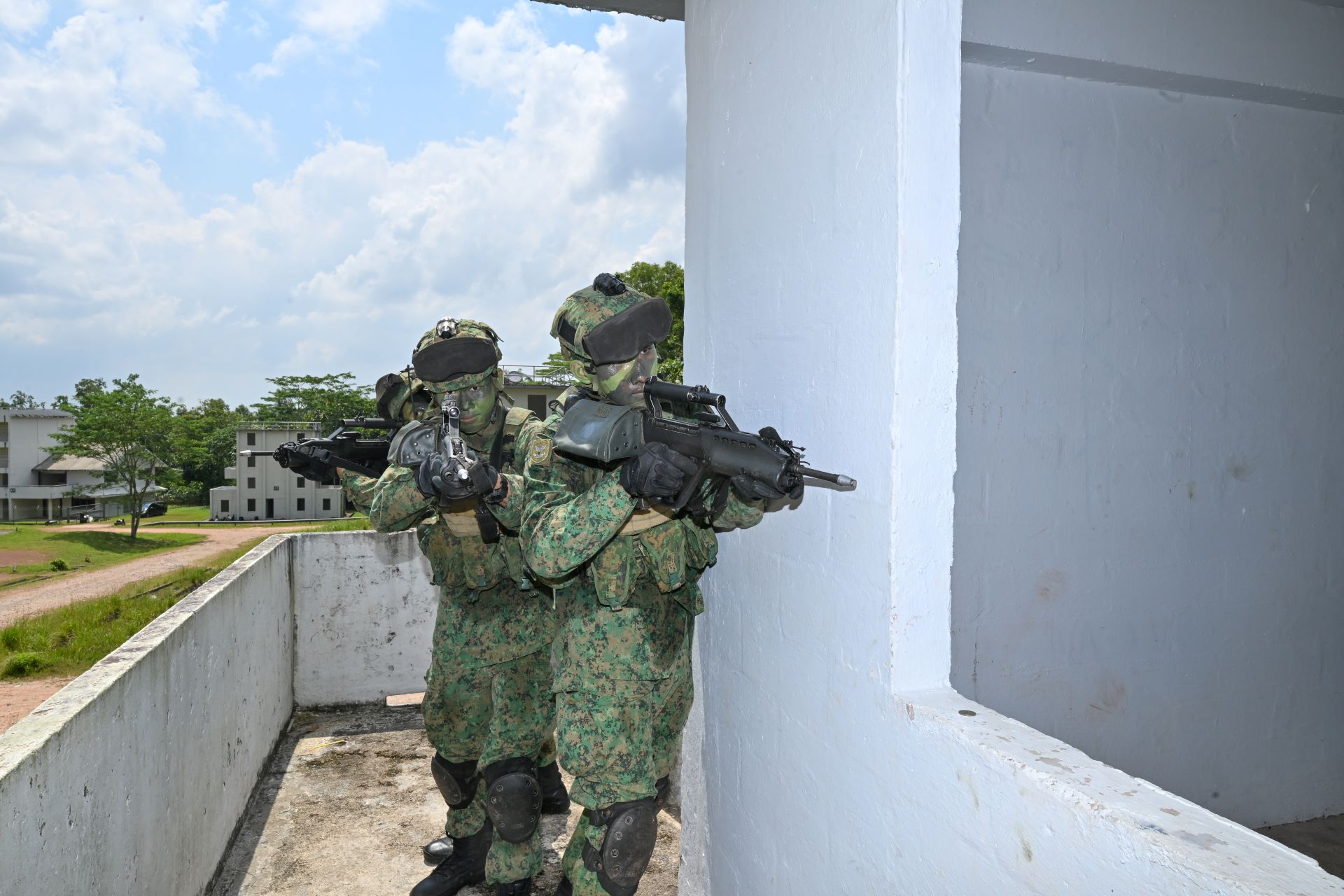
.jpg?sfvrsn=b5383902_1)
.jpg?sfvrsn=4eb1b86e_1)
